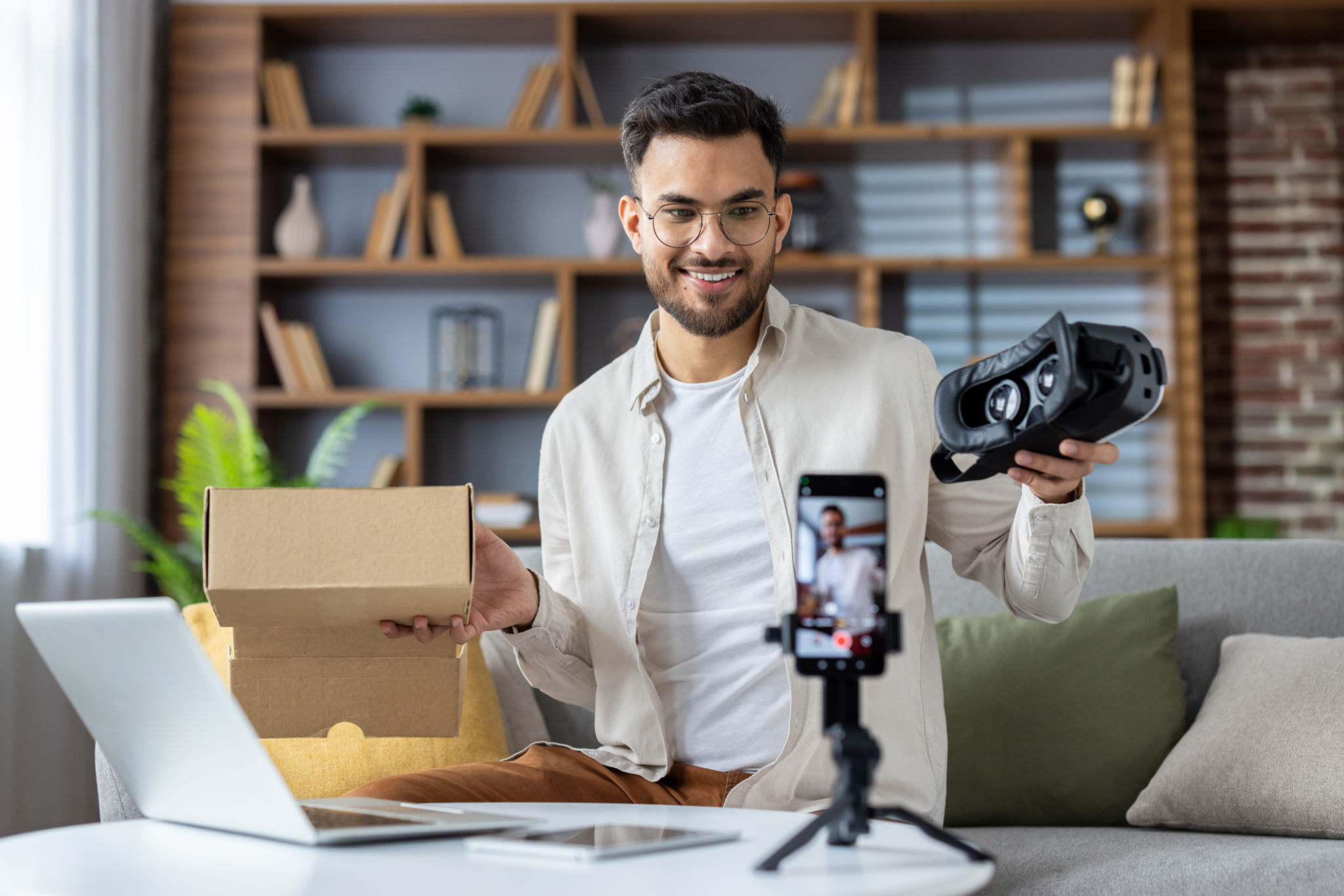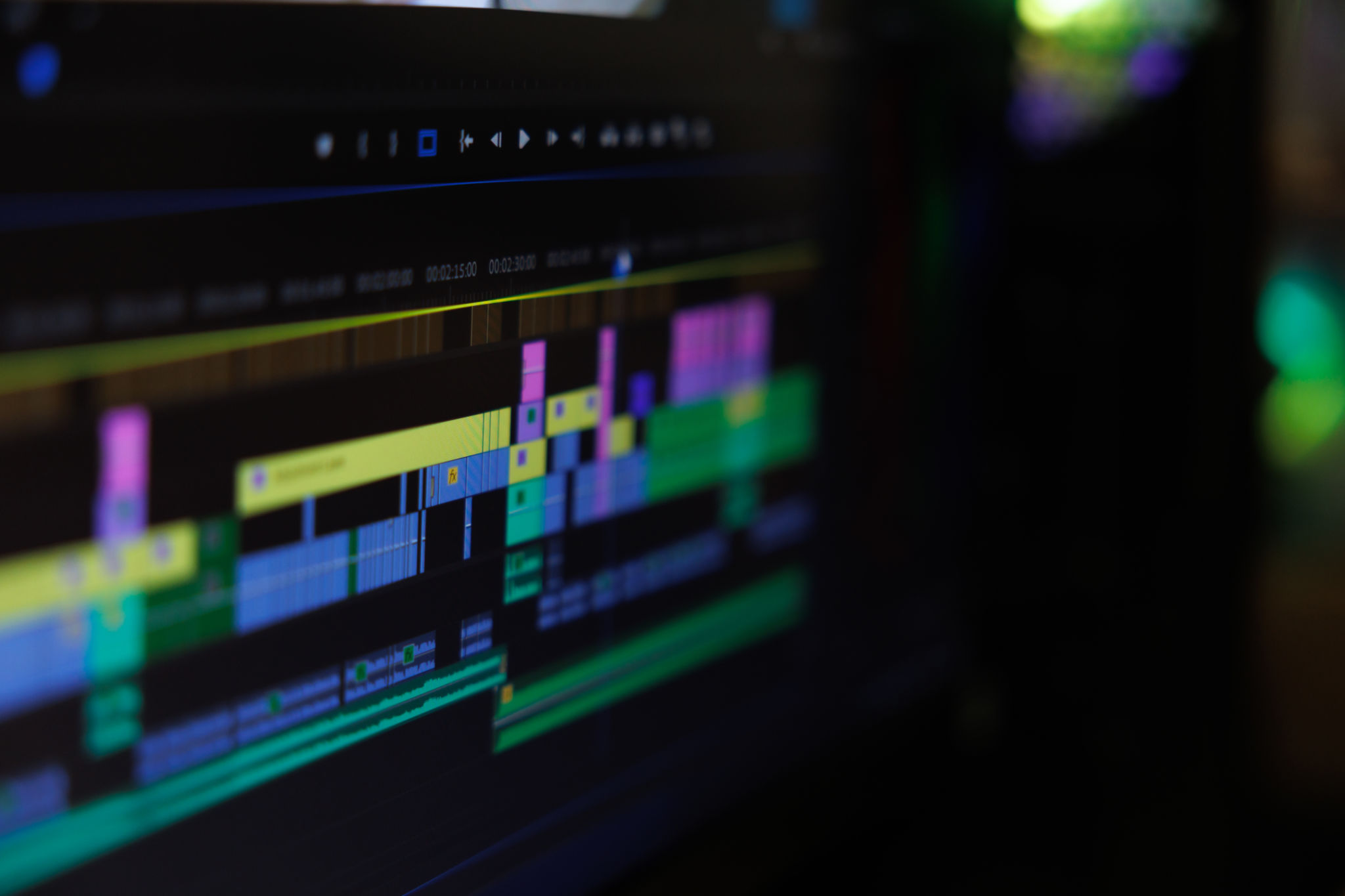DIY Tips for Filming High-Quality Videos at Home
BK
Choose the Right Equipment
Creating high-quality videos at home doesn't require a professional studio setup. Start with a decent camera; many smartphones today offer impressive video capabilities. A tripod is also essential to keep your shots steady and professional-looking. If you're using a smartphone, consider purchasing a phone mount to attach it to the tripod.
Lighting is crucial for video quality. Natural light is your best friend, so try filming near windows during the day. If you need additional lighting, affordable ring lights or softbox lights can significantly enhance your video's appearance.

Plan Your Content
Before hitting record, take some time to plan your content. Outline the key points you want to cover and structure your video to ensure a smooth flow. This will help you stay focused and reduce the need for excessive editing later.
Consider writing a script or at least bullet points to guide you through the filming process. This preparation will help you communicate more clearly and confidently, keeping your audience engaged.
Set Up Your Scene
Your video’s background plays a significant role in its overall quality. Choose a clean, clutter-free area that complements your content. A simple backdrop or a well-organized room can make your videos look more professional.

Additionally, pay attention to ambient noise that might affect sound quality. Ensure your environment is quiet or consider using an external microphone for better audio capture.
Master Basic Editing Techniques
Post-production is where your video truly comes to life. Familiarize yourself with basic editing software like iMovie, Adobe Premiere Rush, or DaVinci Resolve. These tools offer user-friendly interfaces that allow you to cut unnecessary footage, add transitions, and include text overlays.
Focus on maintaining a cohesive narrative throughout your video. Use consistent fonts and colors for text to keep your editing style uniform and visually appealing.

Optimize for Online Platforms
Once your video is edited, consider the platform where you’ll be sharing it. Different platforms have varying requirements for optimal video performance. For example, YouTube prefers 16:9 aspect ratio videos, while Instagram often uses square or vertical formats.
Research the best practices for each platform regarding video resolution, length, and file size to ensure your content looks great wherever it's viewed.
Practice Makes Perfect
Filming high-quality videos at home requires practice and experimentation. Don’t be discouraged if your first few attempts aren’t perfect. Analyze what works and what doesn’t, and make adjustments accordingly.
Over time, you’ll develop your style and techniques that work best for you, leading to consistently higher-quality productions.

By following these DIY tips, you'll be well on your way to creating professional-looking videos from the comfort of your home. Happy filming!